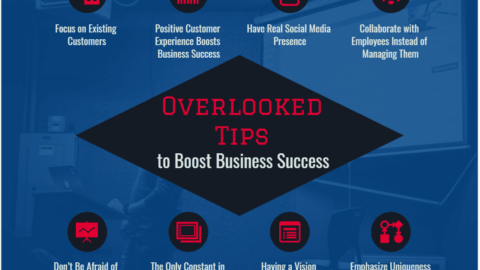How to Reduce Staff Turnover in Your Business
The UK’s business landscape is a mixed bag at present, as businesses continue to make the most of narrow growth figures while battling rising costs in other areas. It is a precarious time to operate, though, as recession remains likely for 2024. In order to survive, a business needs to be as robust as it can – particularly with regard to its staff. Staff turnover, or staff ‘churn’, describes the rate at which employees leave and at which new employees are hired. A high level of staff turnover is a negative marker for a business, and a costly one too. Replacing workers is not a cheap thing to do. And it can be one of the final nails in the coffin of an ailing company. As such, what can be done to address high staff turnover in your business and how to reduce staff turnover?
Table of Contents
What is high staff turnover?
High staff turnover, in the context of human resources and employment, refers to a situation where a company experiences a significant and frequent rate of employee departures or resignations within a specific period. It is a metric used to measure the rate at which employees leave a company and need to be replaced. High turnover can have various negative implications for an organization, including increased recruitment costs, decreased productivity, and potential damage to company morale and culture.
Attract the Right Talent
Minimizing staff turnover is a multifarious undertaking, but one of the key areas you should be paying attention to as a matter of priority is recruitment. The quality and form of your recruitment processes directly inform the quality and form of talent you receive – and careful re-alignment of these processes can help ensure the hiring of candidates more likely to ‘go the distance’.
For one, paying close attention to the content of job listings with recruitment agencies can ensure better-fitting candidates are found. On the other side of recruitment, the onboarding process is crucial to settling new starters into the business; failure to implement a graduated and involved onboarding process can lead new recruits to feel alienated, and much less involved in the business as a whole.
Review Compensation
But this doesn’t necessarily address the reasons for which existing members of staff might be leaving. Indeed, you may already have lost quality employees to competitors, as part of a wider turnover ‘epidemic’. The solution, then, is to eliminate the factors promoting shorter stints of employment. Often, the elephant in the room here is remuneration.
Pay disputes have uniquely defined 2023, with strike action taking place across industries considering staff turnover. The NHS is haemorrhaging junior doctors owing to stagnant rates of pay against high academic debt – a lesson from which businesses can undoubtedly learn. Paying competitively guarantees a high calibre of candidate, and disincentivises ‘job-hopping’. However, it isn’t all about the rate of pay.
Regular wage payment schedules are often taken for granted but are a vital provision to ensure worker satisfaction. Payroll software is a powerful tool in this scenario, especially when handled by a qualified and talented accounting team.
Create Flexibility
More recently, one of the leading reasons for which individual workers are leaving their positions has been flexibility. Or lack thereof. The introduction of remote and hybrid working to the majority of offices in the country has demonstrated the possibility and practicality of such practices to the average worker. Businesses that do not offer these new essentials could be losing staff members to more flexible businesses. Hence, making hybrid work arrangements a simple and elegant solution.
Be mindful of employee workloads and stress levels. Overworking employees can lead to burnout and increased turnover. Ensure that workloads are manageable and that employees have the necessary resources to perform their tasks efficiently to reduce staff turnover.
Promote work-life balance by offering flexible work hours, remote work options, or compressed workweeks. Accommodating personal commitments and providing time for relaxation can reduce stress and increase job satisfaction.
Conduct Exit Interviews:
When employees decide to leave, conduct exit interviews to gain insights into their reasons for departure when reducing staff turnover. Use this feedback to identify and address any recurring issues within your organization. And periodically review your HR policies and procedures to ensure they align with the evolving needs and expectations of your workforce. Make adjustments as necessary to maintain a supportive and inclusive work environment.
Promote Employee Engagement to Reduce Staff Turnover:
Engage employees by involving them in decision-making processes, setting clear expectations, and providing autonomy in their roles to reduce staff turnover. Engaged employees are more committed to their work and less likely to leave.
EAPs can provide employees with access to resources for managing personal and work-related challenges, such as stress, mental health issues, or family problems. These programs can help employees overcome obstacles that might otherwise lead to turnover. So, you can focus on helping their lives to reduce staff turnover.
Last Words on How to Reduce Staff Turnover

Reducing staff turnover is an ongoing process that requires attention and effort. By hiring wisely, providing growth opportunities, recognizing and appreciating employees, fostering a positive work culture, and addressing workload and stress concerns, you can create an environment where employees are more likely to stay, thrive, and contribute to the long-term success of your business. Employees are more likely to stay with a company that offers opportunities for career advancement. Implement a clear career path for each role, provide ongoing training, and support skill development. Encourage employees to set and achieve professional goals.

Business Developmeny Manager at PAS InfoCom Technologies Ltd. Experienced in project management with a demonstrated history of working in the information technology and services industry.











